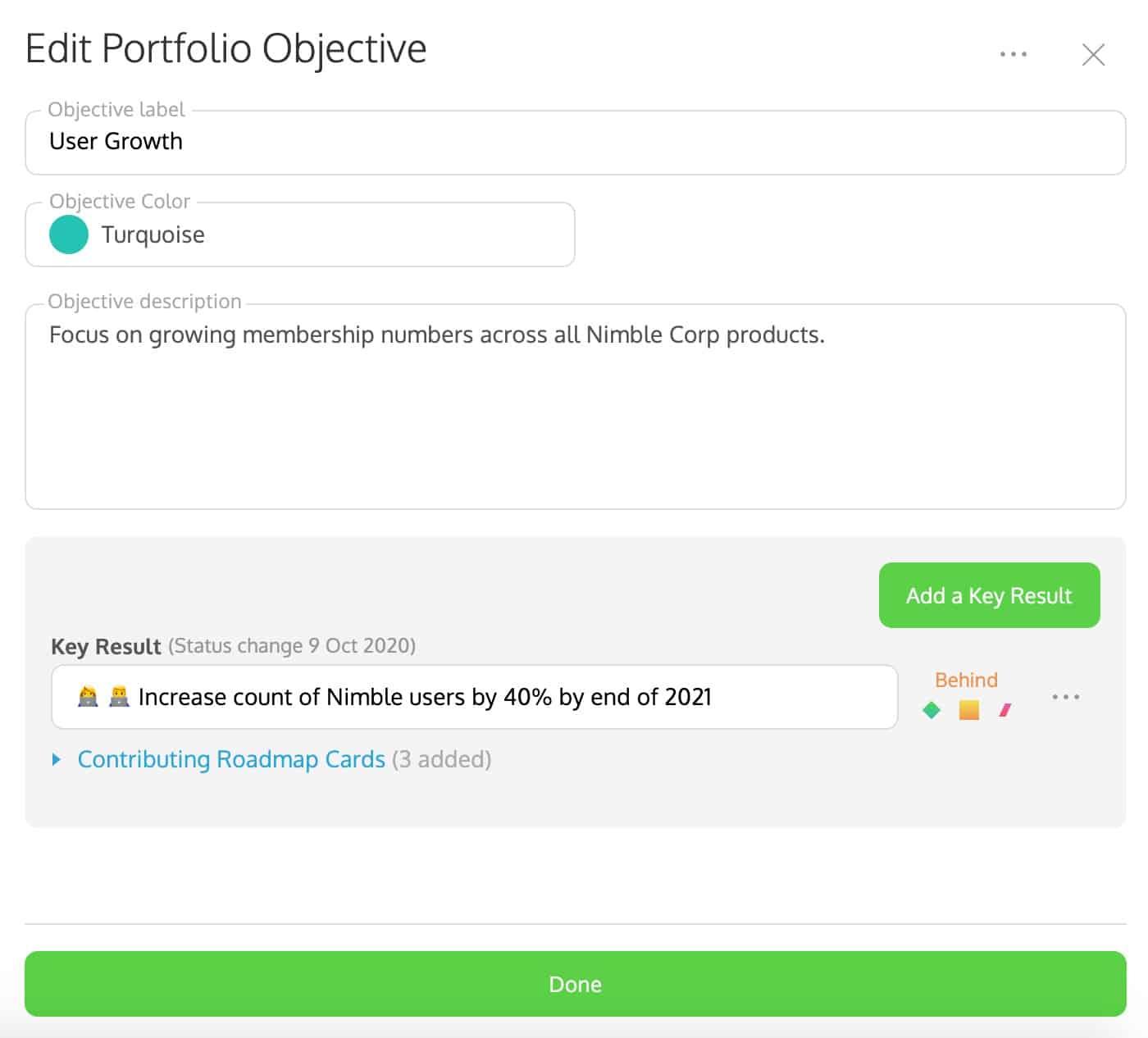Outcome-Focused Product Management vs Feature-Focused Product Management
I received the below question from someone who was looking to embrace outcome-focused product management. They were thinking of moving away from that feature-focused approach by adopting a mindset that allowed them to focus on customer problems and to ensure their product’s features were actually worth being built.
Here’s what my advice was:
Question: What are some resources for pivoting from an execution/features/roadmap PM to a vision/strategy/metrics PM?
First of all, congratulations on making a huge change. Going from a feature-focused product manager to an outcome-focused product manager can be a really difficult transformation, so good job! Below I’ve outlined the key points to making the move over to an outcome-focused approach and linked out to some handy resources.
Outcome-Focused Product Management Starts With a Product Vision
First things first, start with mapping out your product vision. You can do this on a canvas of some sort, there are plenty of those going around. Some to consider are lean UX canvas or business canvas. This template is a good place to get started too.
Once you have your vision outlined, you can start outlining your objectives. For example, if part of your vision is to be the number one downloaded app in the Apple Store x weeks running, perhaps one of your objectives might be “Increase User Growth”. The important thing here is to remember objectives are to be quantitative and measurable. Here is a nice piece on writing objectives and key results to align your team.

Prioritizing Problems Not Features
The next part of outcome-focused product management can be achieved bottom up or top down, depending on how you wish to prioritize. This means you could start looking at potential problems to solve and then map ideas and feedback, or you could look at feedback first and define which best fit your objectives. It doesn’t really matter to be honest, as long as whatever work you choose to do actually maps back to those objectives. Remember, objectives are there to keep you aligned. This means that instead of working on random stuff, you’re working on stuff that aligns to what you’re trying to impact.
My next piece of advice would be, make sure that whatever projects you choose to work on are written down as potential problems to solve, not as features. That is, instead of writing that you’ll work on a “Slack integration,” instead write: “How can we best support users that work on Slack in order to integrate and collaborate with our app more closely?” This gives you the space to actually understand how you might solve the problem better. We’ve got a really good example of what good OKRs and initiatives look like in our Sandbox.
Learning From Each Outcome To Get Better Results
When it comes to writing down outcomes and looking back at your work, remember there is no such thing as failure. I mean, yes, you might fail – but that’s ok. The whole point behind outcome-focused product management is to allow yourself to fail, and to use this failure (or likewise, potential success) as an opportunity to learn.
- If you failed, how can you prevent yourself from failing again?
- Where did you go wrong?
- If you succeeded, how can you replicate that success again?
This is what outcomes are about. They’re about preventing the risk of business failure and potential debt before it happens, while keeping your team aligned and working towards the same set of goals.
Become an Outcome-Focused Product Manager With ProdPad
A massive well done to product managers who are able to make the change this effective, and quite frankly, more robust way of thinking about products. We’ve built and developed ProdPad to help outcome-focused product managers be more successful at work. Our lean roadmapping tool, customer feedback and idea portals, as well as our Objectives and Key Results functionality is what every forward-thinking product manager needs this year.
Book yourself in for a personal demo with one of our product experts for more information.
